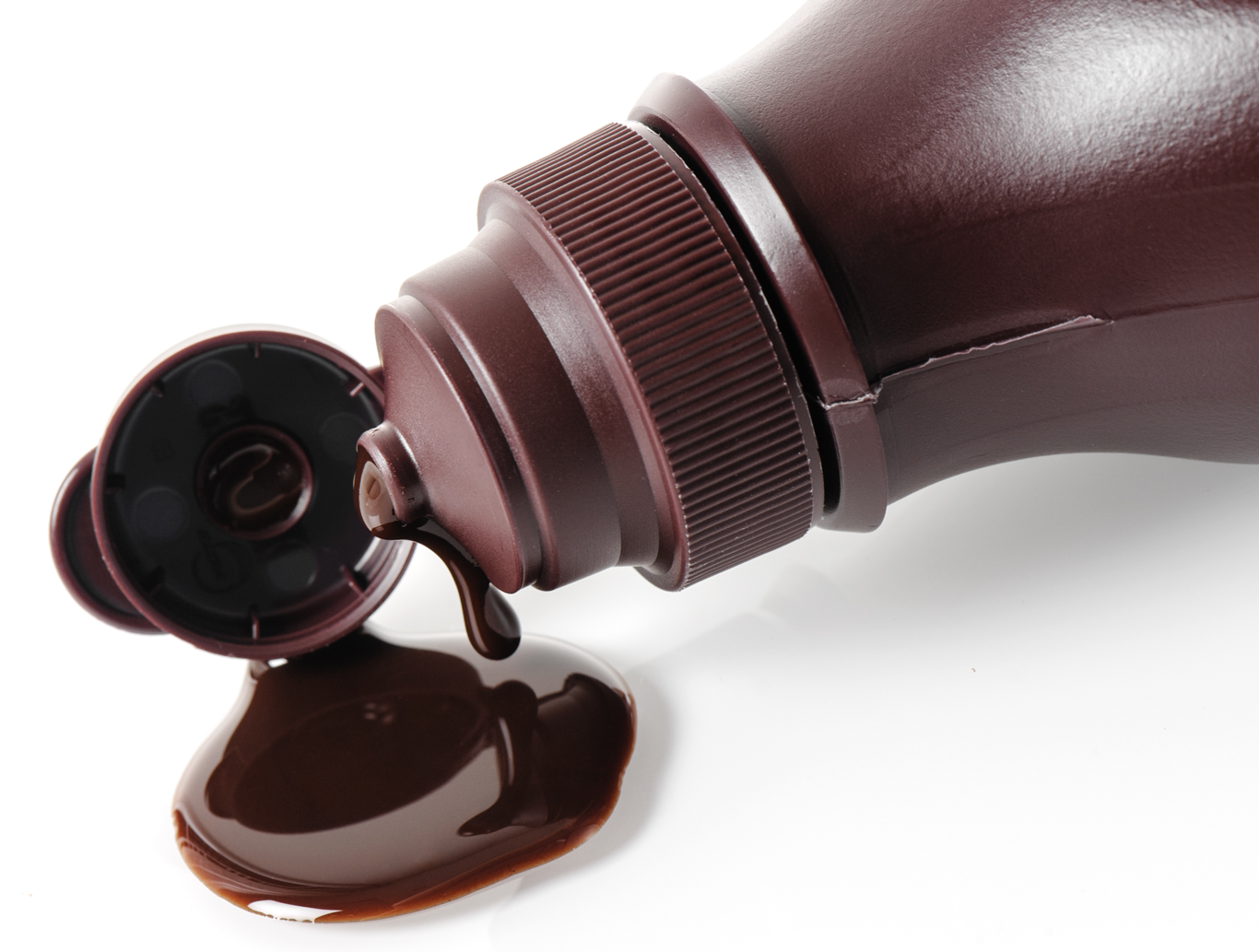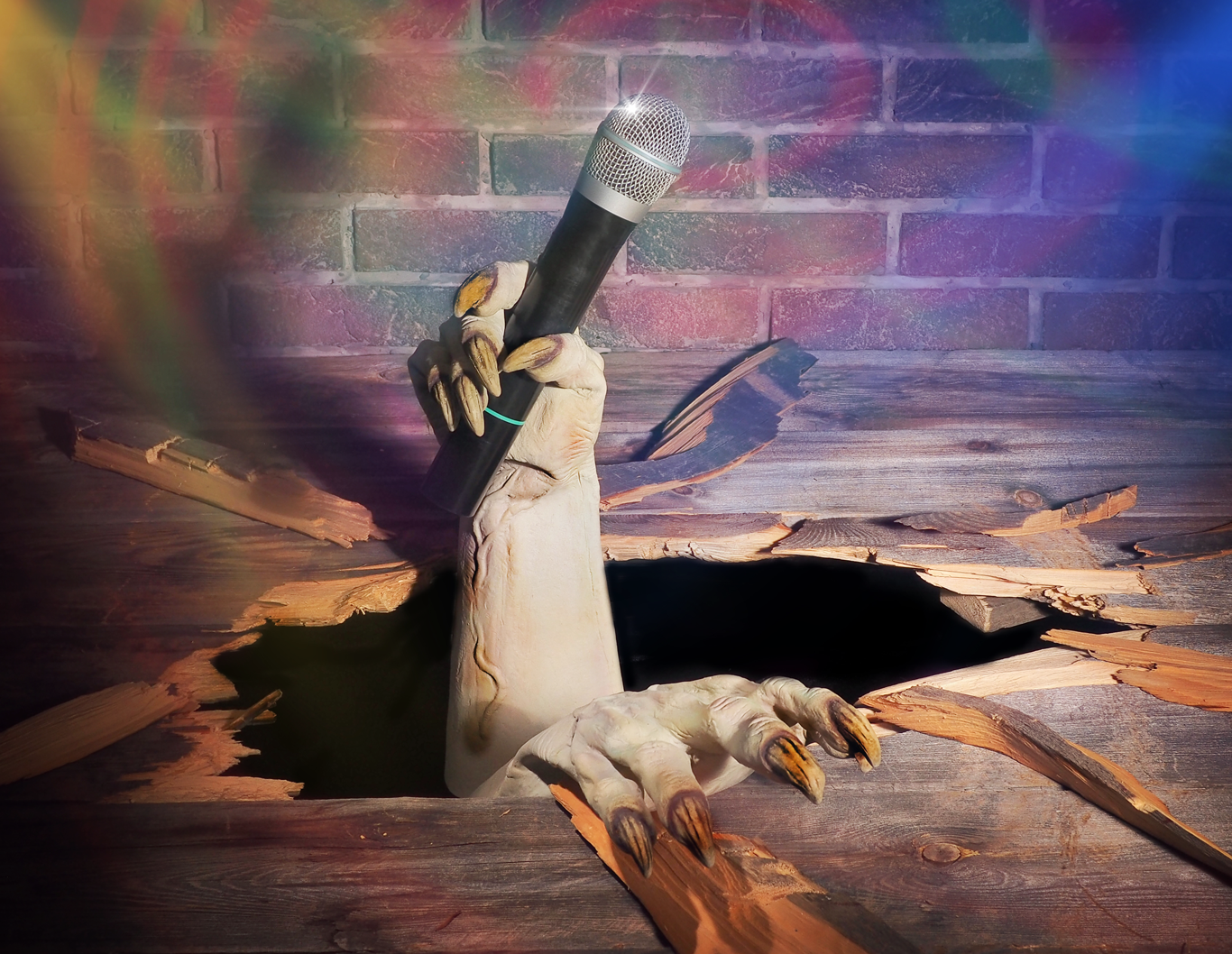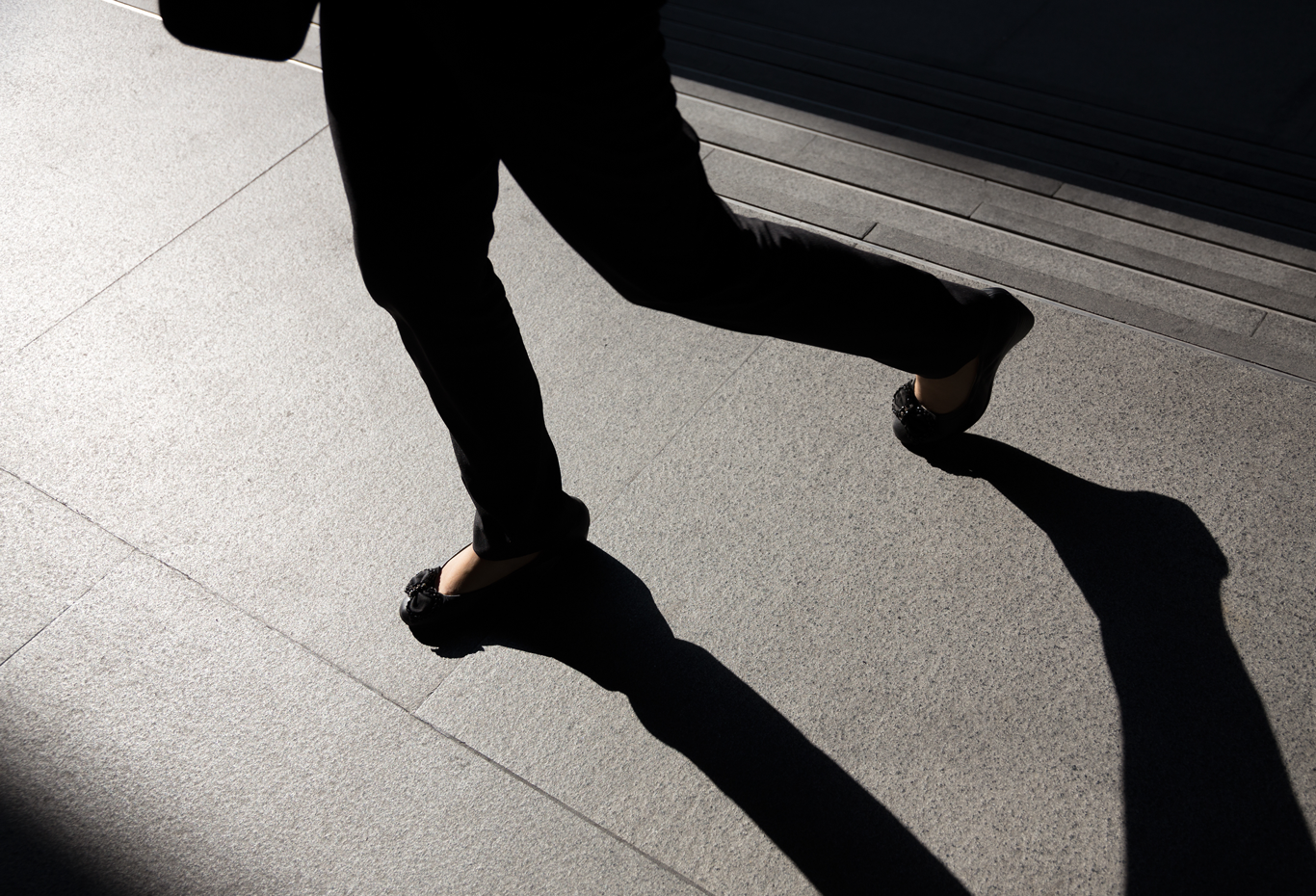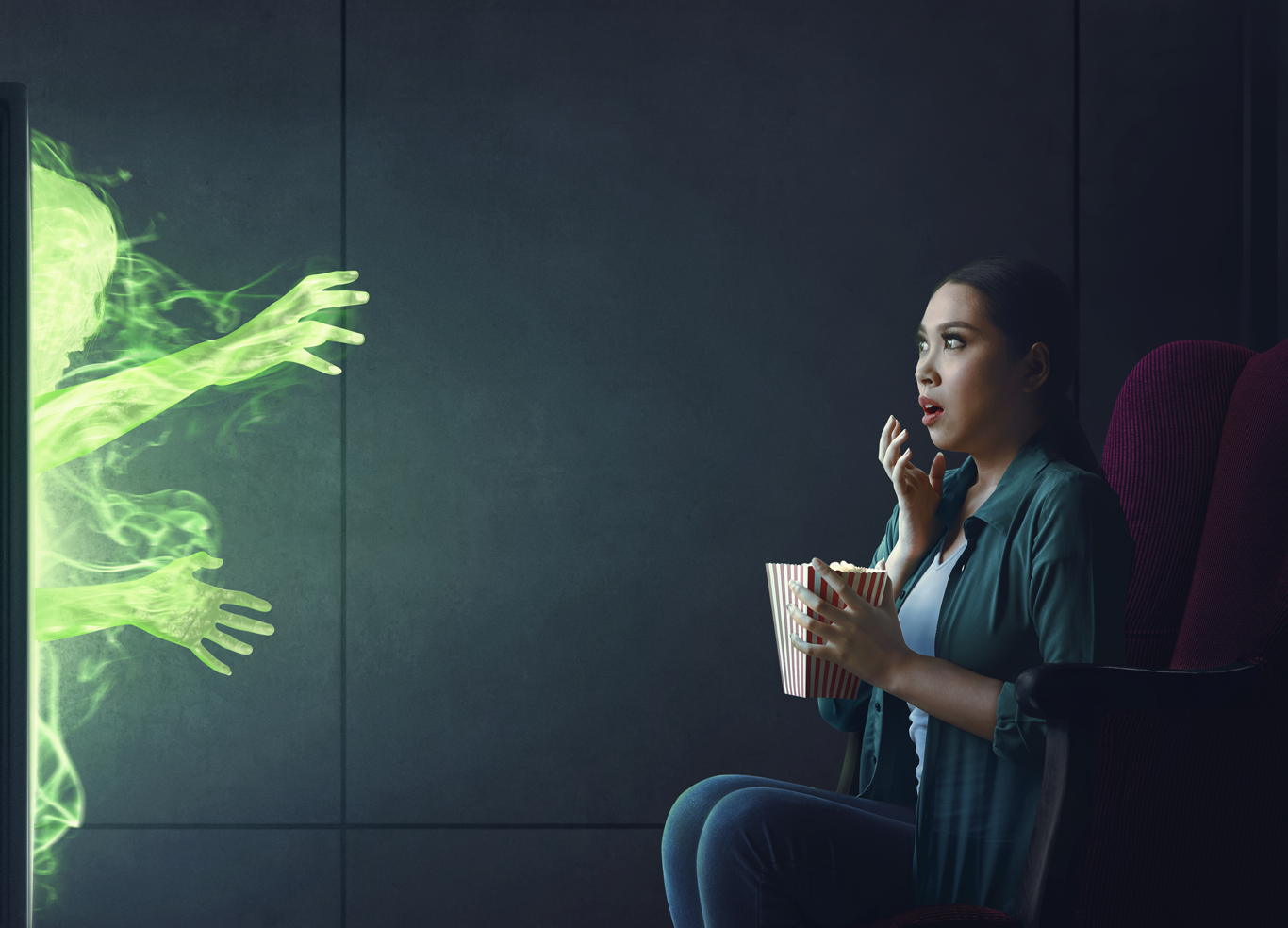Updated 6/13/24
Spooky. Scary. Silly. Ghoulish. Gross. Halloween has many forms. And nobody makes it seem simpler or more real than in the movies, but how do they create the scary? Magic? Well . . . Science? Absolutely.
In honor of Halloween, we’re diving into Hollywood’s special effects bag of tricks. It’s going to be a treat!
Smoke/Fog
No scary scene is complete without fog, haze, mist, or smoke. But how is that scene set?
While smoke machines are widely available and used now, the most basic – and long-standing – way to create a quality fog is with dry ice.
It’s a simple process:
- Add dry ice to hot water in an insulated container, such as a Styrofoam cooler.
- Repeat to maintain the effect.
Cool Facts:
- Dry ice is the solid form of carbon dioxide. It goes from solid to gas, skipping the liquid phase – so no melting.
- It’s cold! The cold gas cools the moisture in the air. This water vapor condenses and reflects light, making the air cloudy.
- Fog will sink to the ground because it’s cooler and denser than the air.
- More fog is created in a colder room as compared to a warmer room.
- Use a fan on a low speed to move the fog around the room.
- Add a colored light below the fog, and the fog will reflect the color of the light.

- Dry ice is cold enough to cause frostbite. Proper gloves are a must!
- Don’t have dry ice? Liquid nitrogen can be used to create the same effect.
Fake Blood
Blood is a must in most horror flicks. And surprisingly enough, this squeamish-inducing substance is usually made from simple mixtures or ordinary ingredients from the kitchen. Check out these facts from American Chemical Society and Vice.
- The first known occurrence of fake blood in a theatric performance was in the early 1900s in the acclaimed Grand Guignol theater in Paris. Grand Guignol’s secret formula was thought to be equal parts glycerol and carmine (a bright red pigment made from dried cochineal beetles). Then, in 1940, a thickening agent – methylcellulose – was added to make the consistency even more lifelike.
- Alford Hitchcock used chocolate syrup in the famous film Psycho. Since it was a black-and-white film, the contrast on screen needed to be higher. And that dark brown liquid did the trick!

- In 1957, the formula known as Kensington Gore was created on the set of The Curse of Frankenstein. It was originally made by a pharmacist in London but is now somewhat synonymous with fake movie blood. It was a combination of golden syrup, warm water, food coloring, and cornstarch.
- Hollywood’s most famous solution for blood came from makeup artist Dick Smith. He used a combination of regular light corn syrup and food coloring, which became the standard. He also created a different formula that was used for many years that’s now known to be poisonous. Smith was the makeup artist for The Exorcist, Taxi Driver, and The Godfather.
Music
Shrieks. Footsteps. Sharp sounds. Striking chords. Sometimes the music is creepier than what’s on or off screen. You’re probably imagining some classic scary sound right now, something à la Psycho or Jaws. In short, the dissonance and nonlinear sounds are what give us those goosebumps.
In the Middle Ages, the tritone, or augmented fourth tone, became known as the Devil’s interval. For example, it’s the interval between A and E-flat or D-flat and G. Want to hear an example? Check out the opening violin chords of Camille Saint-Saëns’s Danse Macabre. Some say this devilish name was supposed to be a warning to musicians to not play the unconventional composition rather than to forbid the chord. Regardless, it sounds eery.

What causes the discomfort? Physics can explain it when you investigate sound waves and wavelengths. And, when it comes to making movies sound scary, it’s more than just the notes and music score itself. A UCLA professor of the Ecology and Evolutionary Biology department, Daniel Blumstein, has published two studies suggesting spooky music taps into an instinctual emotional response, because they’re similar to distress noises of animals.
So, there you have it; we can’t help but be on edge.
Lighting
Are you afraid of the dark? Darkness is a technique often used to create drama and suspense in movies. But how do filmmakers use lighting to make a scene scarier? “The common theme amoung all of these different lighting methods is that they all obscure or distort reality in some way” (No Film School).
Techniques to Obscure
Obscuring through lighting doesn’t hide anything, but it does conceal or create a gap in understanding, which creates tension in a scene and for the audience. Consider these approaches:
- Spotlighting – using an intense light beam on a person, place, or object
- Shooting through objects – having a small object out of focus in the foreground of the image and subject in focus beyond it
- Shooting through elements – projecting through windows, trees, or something else to create a layering effect or depth
- Underexposure – using not enough light or too short of a period of light
- Harsh light – creating strong shadows and lines (think of the light created by a bright cloudless sky)

Techniques to Distort
Distorting through lighting allows filmmakers to play on the unknown and make the audience wonder what's behind the darkness.
- Uplighting – it’s as simple as it sounds by projecting the illumination upward
- Silhouette – using a dark shape against a lighter background, especially in low light
- Prominent and projected shadows – creating a shadow by putting something in front of a light
Computer-Generated Imagery (CGI)
Many scary movie purists will tell you the best special effects are those that are practical, like the ones we’ve listed above. And while visual effects of all sorts have been and continue to be present, we live in a digital age, so CGI has made its way into the genre.
CGI is often used to complement other effects or when a scene or shot is really wide. Many of the most recent scary shows and films have been created with a combination of practical effects and CGI. For example, in the Netflix hit Stranger Things, the demogorgon character is a man in a meticulously designed costume, but with the help of CGI, the monster becomes realistic and frightening.

Sharing Scary Good STEM Connections
As it turns out, there are about as many special effects and techniques as there are scary movies, leaving us much more to learn! But as they say, we “ain’t afraid of no ghosts” because we know it’s science and technology lurking in the shadows supported with engineering and math.
Have another ghost story to bust or hauntingly good trick to reveal? Or maybe some spooky science lessons from class? Let us know in the comments!
MORE RESOURCES:
- Addams Family with Arduino Education Starter Kit
- 3D printing ideas using 3Doodler
- Engaging Alternative Halloween Activities Your Kids Will Love
- Read comments for the question What Are Your Favorite Spooky Activities That Combine Fun with Learning?


